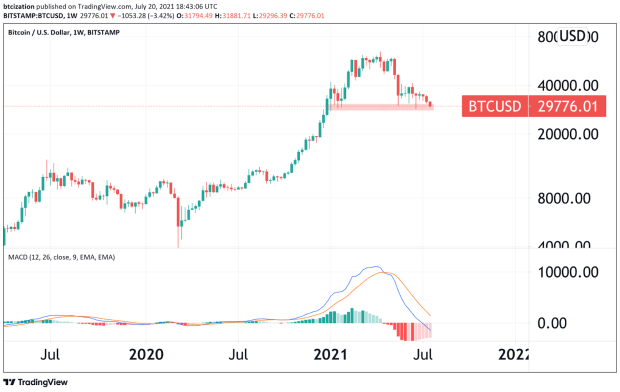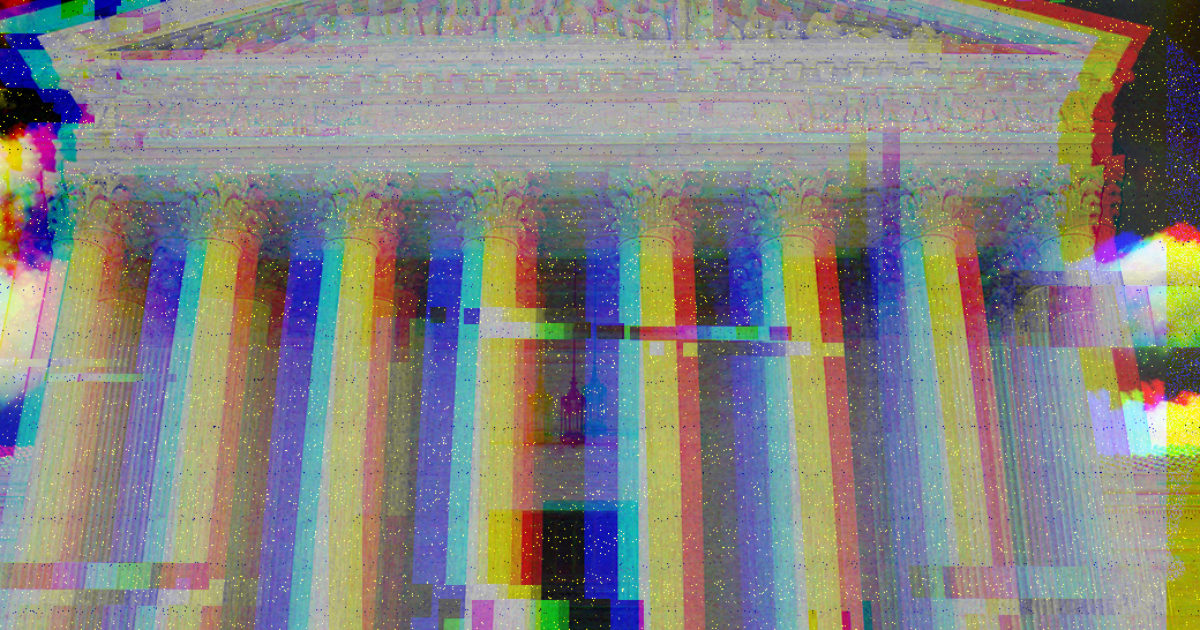Developers Can Now Issue Assets Like Stablecoins On Bitcoin
Taro daemon’s alpha release on testnet enables developers to test issuing, sending and receiving assets like U.S. dollar stablecoins on Bitcoin.
Lightning Labs on Wednesday released the first version of the Taro open-souce software to enable minting, sending and receiving assets on the Bitcoin blockchain.
Taro daemon’s alpha release enables developers to issue tokens on testnet, an alternative Bitcoin blockchain made specifically for public testing. It allows developers to test applications with testnet coins instead of actual BTC with the additional benefit of not exposing the actual Bitcoin blockchain (mainnet) to any risks. Projects usually go live on mainnet only after extensive tests and bug fixes have been made.
Lightning Labs said in a statement that Lightning Network integration, a major feature of Taro for instantly sending and receiving assets, will be enabled in a future development phase. The functionality requires Taproot channels to be merged into the company’s Lighting implementation (LND) first, which is currently an ongoing work.
In the meantime, the company said it is working on adding “universe functionality” to Taro’s daemon, which will allow users and asset issuers to provide proofs about asset provenance and supply issuance as well as more easily interact with asset data. Universes will be added to the daemon in coming months, along with other enhancements.
How Taro Works
Announced in April, Taro leverages Taproot, Bitcoin’s latest major upgrade that went live last year, to enable the issuance of assets in a private and secure manner without bloating the Bitcoin blockchain. Lightning Labs’ proposal differs from most existing alternatives for the assets-on-Bitcoin use case in the sense that it does not require a separate blockchain nor does it rely on adding extra data directly on-chain.
Under the hood, Taro brings assets to Bitcoin through the “leaves” of the Taproot script tree, as each leaf in the tree is completely independent and can be selectively revealed — which enables structured commitment. By adding information about those assets (known as metadata) in the Taproot script tree, the proposed protocol can function as a layer built on top of Bitcoin, allowing Taro asset transactions to look like regular Bitcoin transactions –– as only the Taproot output is revealed on chain –– while still enabling proofs of the movement of assets across the transaction graph.
A Taro asset is issued through an on-chain Bitcoin transaction that includes the hash of (commits to) some metadata in a Taproot output. Taro assigns the asset to a private key held by the issuer and broadcasts the transaction to the network.The newly-created unspent transaction output (UTXO) then acts as a unique identifier for that asset, serving as its genesis point. Multiple asset mints can be done with a single Bitcoin transaction, and once Lightning integration is enabled, the technology will enjoy the second-layer network’s instant transfers for sending and receiving assets cheaply and effectively.
For more detailed information on Taro, see this explainer, the official documentation and the BIPs.









